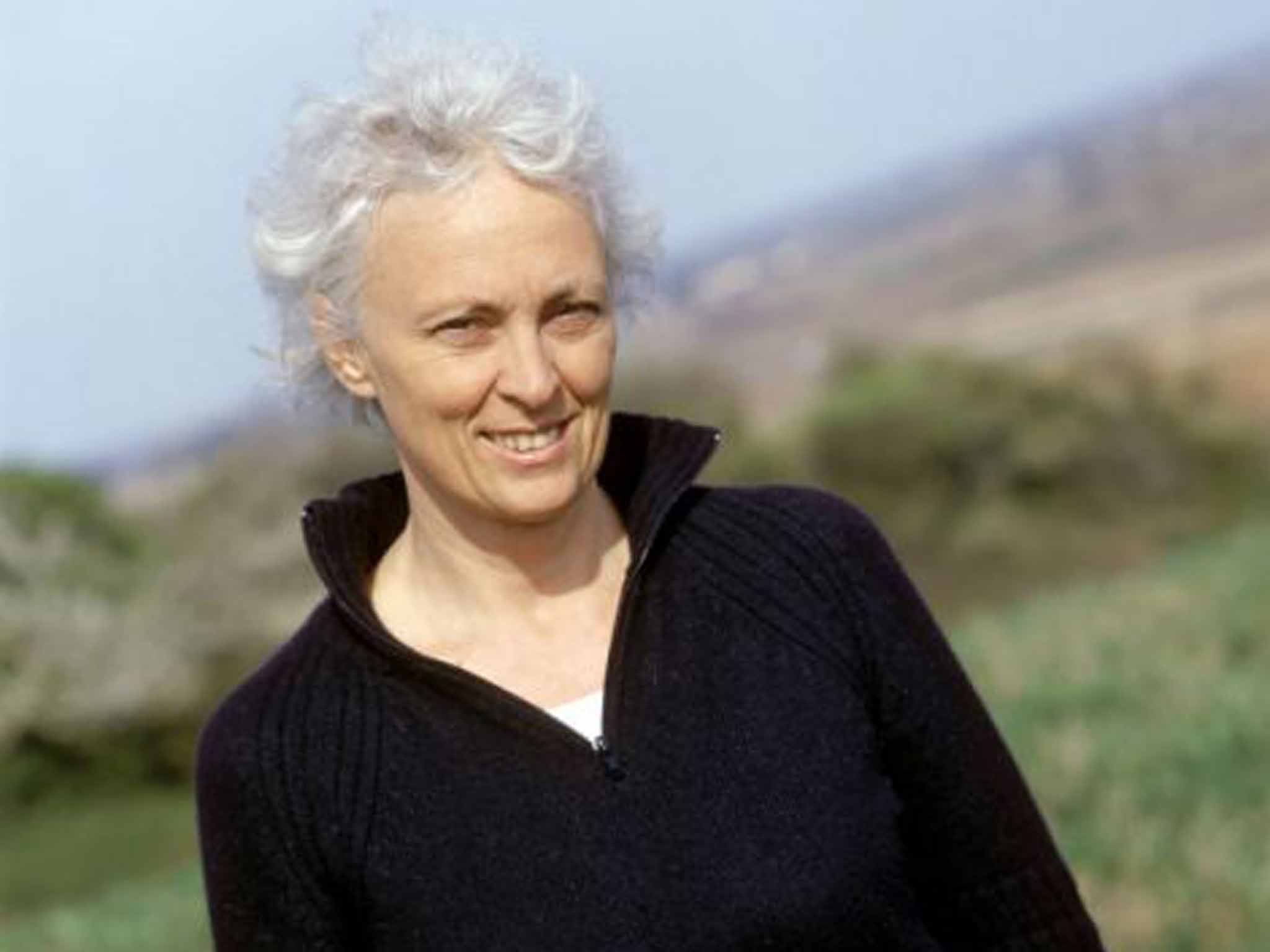Anne-Claude Leflaive: Winemaker who overcame bitter opposition to establish Domaine Leflaive as a leading producer of white burgundy
Sometimes described as the Grande Dame of Burgundy, there was nothing aloof about Leflaive - she simply wanted to produce the best wine possible

Anne-Claude Leflaive managed Domaine Leflaive, one of Burgundy's historic and best-regarded white wine estates, and was a pioneer of the extreme and often controversial form of organic farming known as biodynamic cultivation. Despite prejudice and snobbery, with steely determination she went on to make one of the most highly prized wines in the industry, and was crowned "the world's top white winemaker" by Decanter magazine in 2006, and was named "Winemaker's Winemaker" by the Institute of Masters of Wine last year.
Leflaive's early adoption of biodynamic viticulture rendered this method of cultivation respectable to collectors of white Burgundies, who initially thought of the method, said the veteran burgundy broker Becky Wasserman, "as mystical and slightly radical". Domaine Leflaive's reputation soared as Burgundy evolved from a connoisseur's passion to a worldwide luxury item.
She believed her achievements were the result of work done over three generations. "We care for our wines like children," she said, "but for me the most important thing is to have good grapes and work with respect in the vineyards." Although sometimes described as the Grande Dame of Burgundy, there was nothing aloof about Leflaive: she simply wanted to produce the best wine possible.
Leflaive took over Domaine Leflaive, in Puligny-Montrachet, in 1990 with her cousin, Olivier. Following an inspirational open day on biodynamics and its benefits at Jean-Claude Rateau's estate in Beaune, she began employing organic and biodynamic techniques. The process entails eschewing fertilisers, fungicides, herbicides and pesticides, with the growing calendar governed by the lunar cycle. Intended to be ecological and sustainable, it was first developed in the early 1920s by the Austrian philosopher Rudolf Steiner as a practical application of his theories of anthroposophy.
The cousins, however, had different visions for the future of the estate, and Olivier was ousted in 1994, complained that Anne-Claude took "the stars stuff like a religious doctrine"; he maintained that her policy of cutting yields had probably done more to raise quality than any New Age practices.
She ran the estate with the winemaker Pierre Morey, adopting the philosophy that "If you want good things in agriculture you need to work with the cycles of nature." Experimenting with a small area, and after many blind tastings, she determined that the best wines came from her biodynamically farmed grapes. The soils were reinvigorated, helping to produce wines with greater character, and by the mid-1990s Domaine Leflaive had won back its place at the summit of white Burgundy-making, producing some of the most exciting white Burgundies of the last 20 years; in 1997 the 60-acre domaine became fully biodynamic.
Its grands crus and top premiers crus routinely rate 95-100 points on Wine Spectator's 100-point scale; the 1995 Chevalier-Montrachet scored 100 points. But as Leflaive observed, "We live in an age when people want facts and figures, but the best proof is the stuff in the bottle."
Born in Paris in 1956, Anne-Claude Leflaive was born into a family of viticulturists going back to the early 18th century in Puligny-Montrachet. Her grandfather Joseph was born in the area, though he initially pursued a career as a naval engineer and was involved in building the first French submarine. In 1905 he bought the family's 24-hectare estate cheaply, as Burgundy had not yet recovered from the effect of the phylloxera epidemic. The vines replanted, the estate began to recover and in 1953 his sons Vincent and Joseph took over, with Vincent overseeing the vineyards and winemaking and Joseph the administrative and financial arrangements.
The business continued to grow as they got their wines into the best restaurants in France. Anne-Claude spent most of her childhood growing up in Paris but often visited the estate at weekends and spent her holidays there helping with the harvest. It was, she recalled, "the best time of my life." After studying commerce in Paris, Britain and Germany she married Christian Jacques, a sailing instructor, and following a stint in Morocco the couple returned to live in Dijon where she taught part-time in adult education.
Today, Domaine Leflaive's holdings represent some of the most precious terroirs in the world for the chardonnay grape, including legendary grand cru vineyards like Bâtard-Montrachet, Chevalier-Montrachet – and Le Montrachet itself, which, some say, produces the greatest white Burgundy, often retailing at hundreds or thousands of pounds a bottle. Leflaive was passionate about quality and became a leading campaigner against the introduction of genetically modified vines and organisms in Burgundy and the rest of France.
In addition to the estate's holdings in the Côte d'Or, Burgundy's heartland, Leflaive expanded the domaine to the Mâconnais, where she could produce more reasonably priced wines, and into Pouilly-Fuissé, another more moderately priced area, both in southern Burgundy. In 2008, the family acquired Clau de Nell, an estate in the Loire Valley; the same year, along with six other leading Burgundy producers, they founded a school in Puligny-Montrachet, École du Vin et des Terroirs, to teach biodynamics and the ecological approach to understanding vines and wines.
She was "acerbic and witty," said one of her agents, John Armit, and would often break into song; in her free time she sang with a jazz band. "Life is too short to be sad," was her motto. She died at home after suffering from cancer.
Anne-Claude Leflaive, winemaker: born Paris 17 January 1956; married Christian Jacques (three daughters); died Gilly-lès-Cîteaux, near Dijon 6 April 2015.
Subscribe to Independent Premium to bookmark this article
Want to bookmark your favourite articles and stories to read or reference later? Start your Independent Premium subscription today.

Join our commenting forum
Join thought-provoking conversations, follow other Independent readers and see their replies